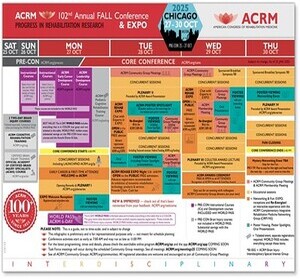
Beni Mulyana, PhD
Postdoctoral Research Associate
University of Illinois at Urbana Champaign
My academic journey and research experience are deeply rooted in neuroengineering and computational neuroscience. During my Ph.D. at the University of Oklahoma, I developed computational techniques to accelerate MRI image acquisition, optimize real-time brain stimulation, and enhance brain imaging methodologies. This work was complemented by industry experience as an FPGA Design Engineer, where I built high-performance systems for real-time processing, strengthening my expertise in hardware acceleration and algorithm optimization.
Currently, as a Postdoctoral Research Associate in Bioengineering at the University of Illinois at Urbana-Champaign, I analyze EEG, EMG, Biodex, and MRI data to advance real-time brain stimulation techniques for stroke rehabilitation. My research focuses on personalized, closed-loop neuromodulation strategies that integrate stimulation with imaging and electrophysiological monitoring, with the goal of improving clinical outcomes in neurological disorders.
I have contributed several innovations, including a GPU-accelerated system for simultaneous multi-slice EPI reconstruction that significantly reduces fMRI reconstruction times, and safety validation of concurrent transcranial electrical stimulation (tES) with MRI, paving the way for broader clinical adoption. Earlier, I co-authored a methodological checklist for tES-fMRI studies, now widely used to ensure reproducibility and rigor in the field. I have also investigated hemispheric shifts in sensory adaptation after stroke, informing precision rehabilitation strategies, and explored deep reinforcement learning approaches for intelligent, adaptive neural interfaces.
My long-term vision is to establish an independent research program that bridges neuroengineering innovation and clinical translation. I aim to develop real-time, biomarker-guided neuromodulation systems for precision rehabilitation and expand their applications to stroke and neurodegenerative diseases. By integrating advanced computation, hardware acceleration, and translational neuroscience, I seek to create clinically viable tools that offer personalized therapies, ultimately improving the lives of individuals with neurological disorders.
Poster(s):
-
Tuesday, October 28, 202512:30 PM - 12:45 PM

.jpg)
.jpg)
.jpg)
.jpg)
.jpg)
